From pv magazine
Aware of the operational and maintenance costs (O&M) costs to combat solar panel soiling in arid and heavily industrialised areas, a group of researchers from Chile and Spain investigated the impact of a thermoelectric coal plant’s emissions on solar panels at three locations in the Atacama Desert, including one solar installation that was inside the coal generating station.
The dust adhesion mechanisms, composition, and effects on optical transmittance and current density reduction were studied, with the scientists also briefly discussing specific cleaning and maintenance strategies to preserve system performance at solar plants located near coal-fired thermoelectric stations.
“We noticed a growing trend of solar plants being co-located with industrial facilities. That raised questions about how emissions and by-products from these industries affect the soiling of nearby PV systems compared to standard reference sites,” Aitor Marzo, co-corresponding author of the research, told pv magazine.
“Additionally, a PV operator located several km away contacted us about unexpected soiling rates,” Douglas Olivares, co-corresponding author of the research said, adding that the operator’s observations differed from what was initially anticipated, prompting a deeper investigation.
“We focused on how residues from a coal-fired power plant’s flue gas desulfurisation process can create unusually stubborn dust crusts on PV modules,” further explained Marzo. “By combining chemical analyses with performance testing, we demonstrated exactly how these by-products cement onto the panel surfaces.”
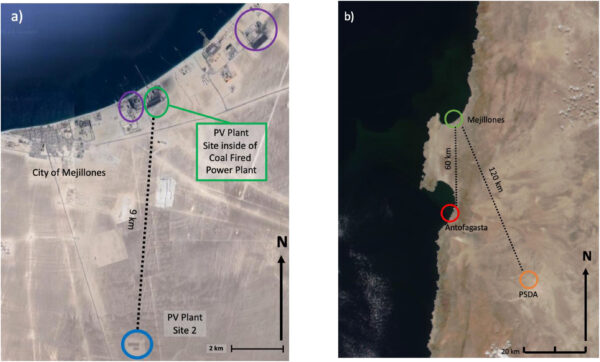
Image: Universidad de Antofagasta
The testing setup was located in Mejillones, a city known for hosting the largest concentration of coal-fired power plants in Chile, according to the research. The academics evaluated transmittance losses of a 21.6 kW solar PV plant located on-site at a coal-fired generating station, and they examined the dust accumulation on the surface of the panels over a 5-month period, on a weekly basis from September 21, 2022, to March 2, 2023.
The solar glass samples were without anti-soiling coatings and were installed with a north orientation and a 20-degree tilt. Irradiance sensor results were compared to a sample with clean glass. The impact of the coal-fired power plant on the co-located modules showed that after five months of exposure, the deposited dust reached a maximum of 1.63 mg/cm2, with a soiling rate up to six times higher compared to other studied locations, resulting in a 23 % reduction in photocurrent, said the team.
The results obtained were compared with three other sites in the Atacama Desert.
“Furthermore, our results indicate that the effects of the power plant’s activity are noticeable up to 9 kilometres away, becoming particularly evident in areas with high humidity, where the solubility of materials enhances the recrystallisation and consolidation of dust on module surfaces,” the researchers added.
“We were surprised by the reach of these desulfurisation by-products. They facilitated cementation on modules even several kilometers away from the plant – something we didn’t expect to see at that distance,” said Olivares, noting that calcite used in sulfur gas reduction processes at the power plant generates synthetic gypsum (FDG) which was found to facilitate dust cementation on the modules.
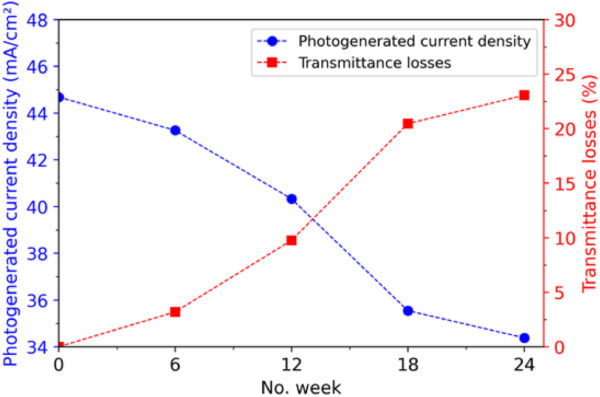
Image: Universidad de Antofagasta
The team noted the study investigated only optical transmittance and current density results. Other measurements, such as power output and long-term degradation effects, are pending further research.
The research work was described in “Impact of thermoelectric coal-fired power plant emissions on the soiling mechanisms of nearby photovoltaic power plants in the Atacama Desert,” recently published by Renewable Energy.
The scientists were from Chile-based Universidad de Antofagasta, Universidad de Chile, Universidad Técnica Federico Santa Maria, and the Millenium Nucleus in NanoBioPhysics (NNBP), as well as Spain’s Universidad de Granada, University of Almeria, and Loyola University Andalusia.
Since completing the study the research has attracted “considerable interest” from solar plant operators, especially in the Atacama Desert.
“Several companies sought our findings to understand how local factors intensify soiling. They’ve since used these insights to optimise cleaning schedules and maintenance strategies,” said Olivares.
When asked about future research directions, Marzo replied, “We plan to extend our work to broader industrial contexts, refine soiling measurement methods, and develop localised soiling maps to support PV design and maintenance in harsh environments.” Other research collaborations with teams in Europe, Spain, and Chile are also underway.
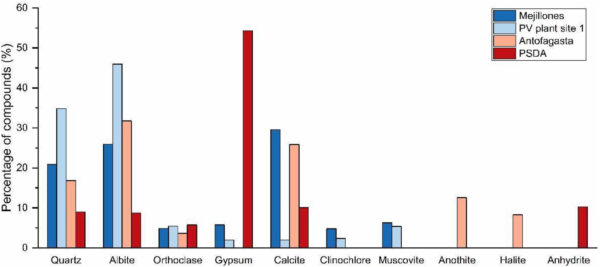
Image: Universidad de Antofagasta
This content is protected by copyright and may not be reused. If you want to cooperate with us and would like to reuse some of our content, please contact: editors@pv-magazine.com.
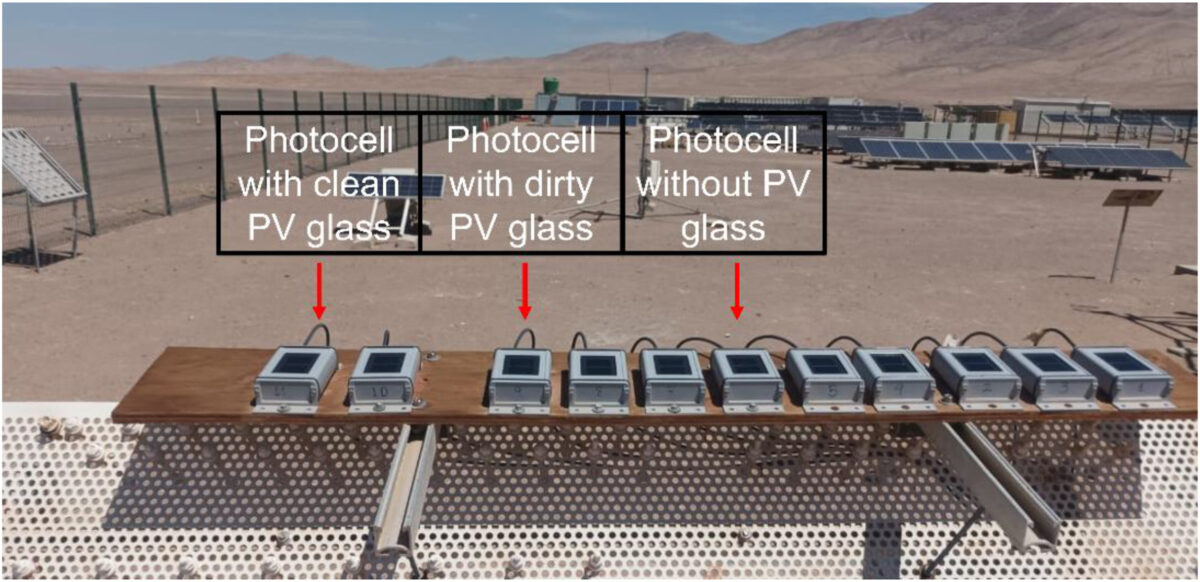
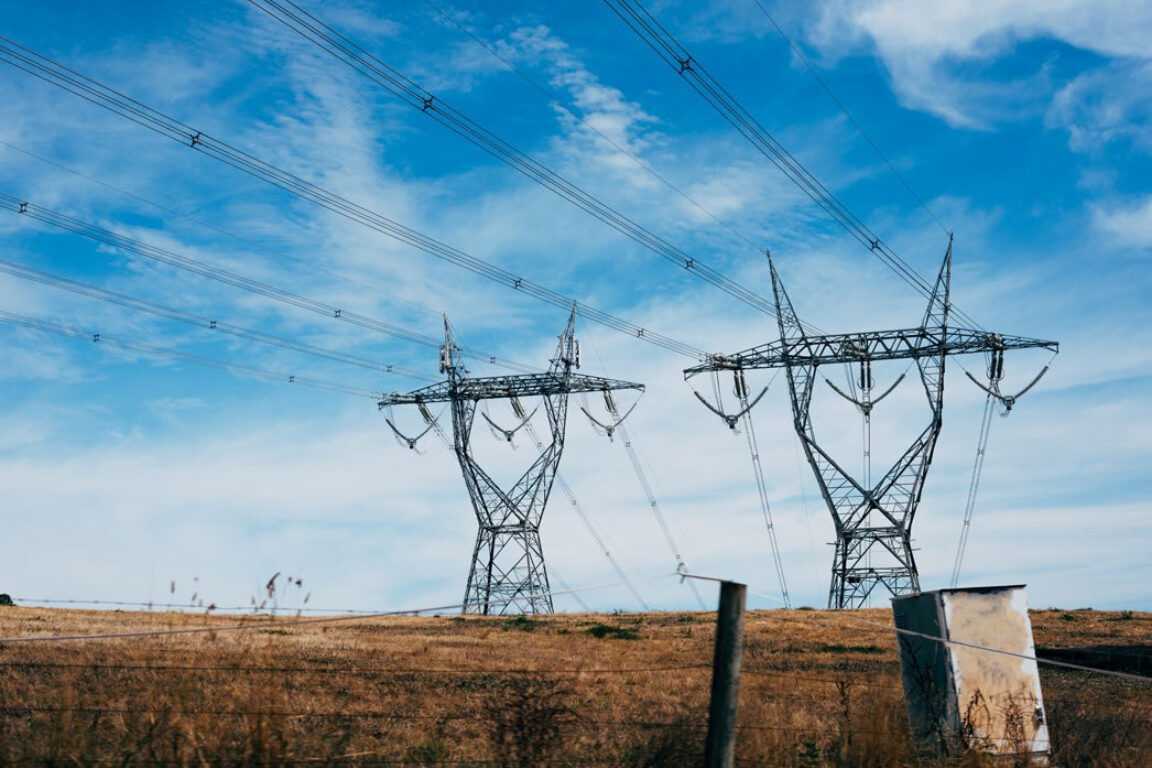

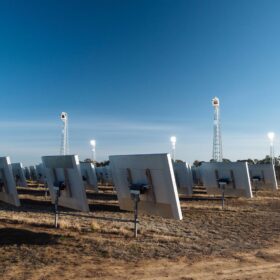

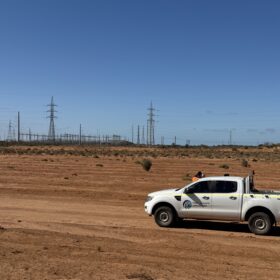
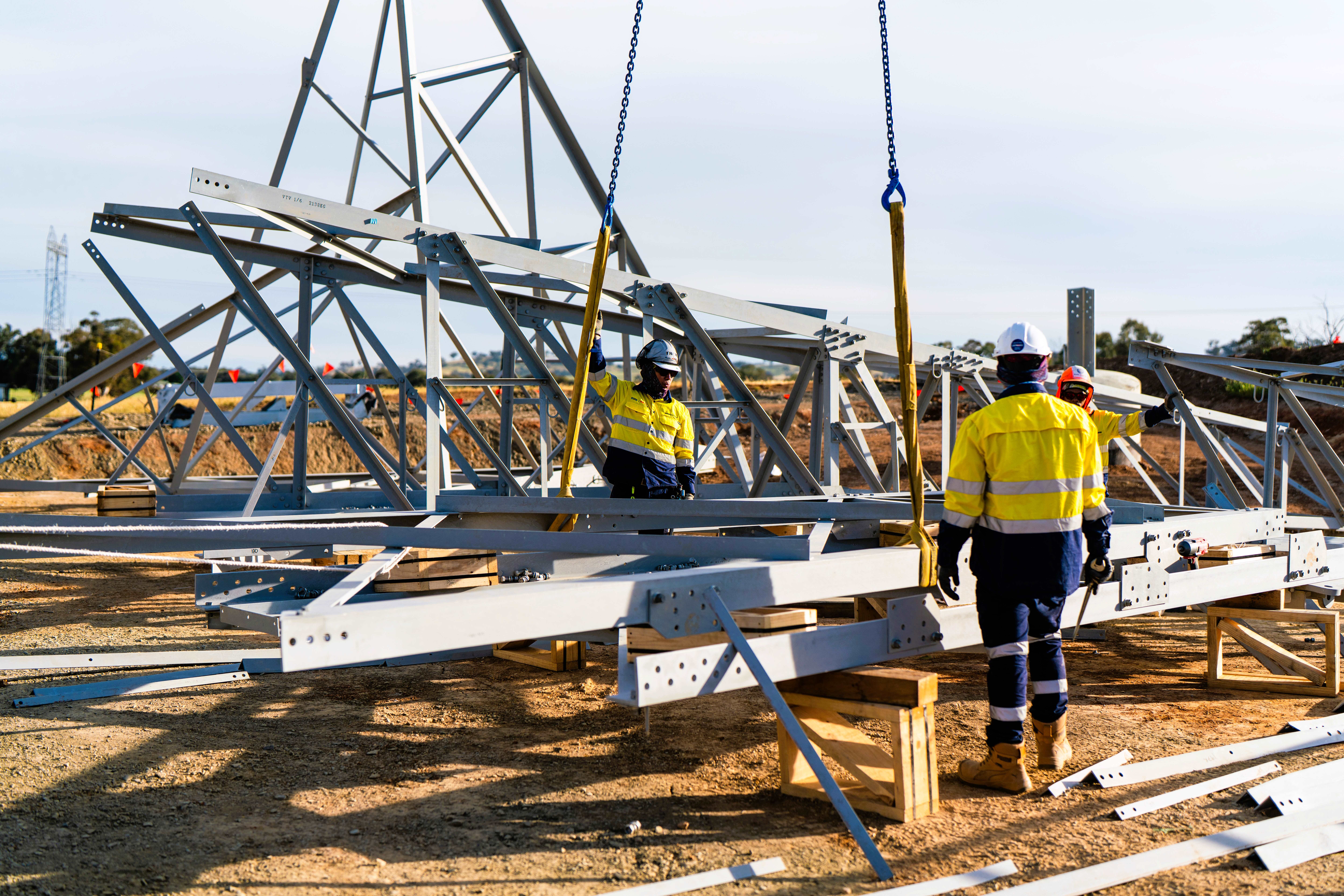
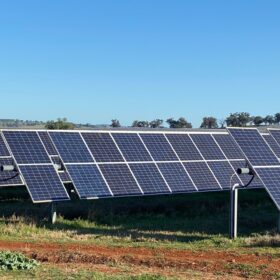
By submitting this form you agree to pv magazine using your data for the purposes of publishing your comment.
Your personal data will only be disclosed or otherwise transmitted to third parties for the purposes of spam filtering or if this is necessary for technical maintenance of the website. Any other transfer to third parties will not take place unless this is justified on the basis of applicable data protection regulations or if pv magazine is legally obliged to do so.
You may revoke this consent at any time with effect for the future, in which case your personal data will be deleted immediately. Otherwise, your data will be deleted if pv magazine has processed your request or the purpose of data storage is fulfilled.
Further information on data privacy can be found in our Data Protection Policy.